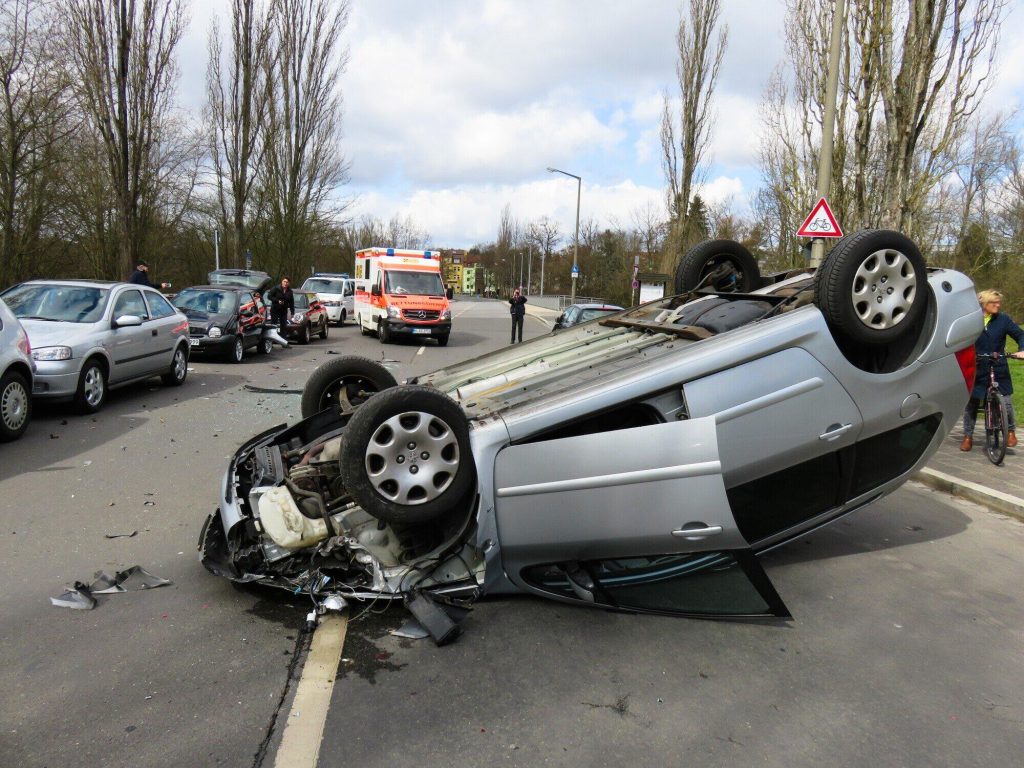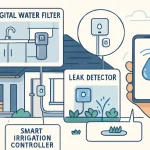Car accidents can be traumatic, leaving victims not only with physical injuries but also financial burdens and emotional stress. When someone is injured due to another driver’s negligence, they may be entitled to compensation through a car injury settlement. However, the settlement process can seem complex and intimidating, especially for first-time claimants.
This guide breaks down the car injury settlement process step by step to help you understand what to expect and how to navigate each stage confidently. Read on.
Step 1: Seek Medical Attention Immediately
The first and most critical step after a car accident is to seek medical care-even if injuries seem minor. Some conditions, such as whiplash or internal bleeding, may not present symptoms immediately. Having medical documentation is also essential when proving the extent and cause of your injuries during a settlement negotiation.
One key tip to remember is to save all medical records, bills, prescriptions, and doctors’ notes. This is because they will support your claim for damages.
Step 2: Report the Accident
In most jurisdictions, you are legally required to report an accident to the police if there are injuries or significant property damage. The police report will serve as an important piece of evidence when filing an insurance claim or lawsuit.
What to do:
Get a copy of the police report. Take photographs of the scene, vehicle damage, and visible injuries. Gather witness contact information if available.
Step 3: Notify Your Insurance Company
Regardless of who is at fault, inform your insurance provider about the accident as soon as possible. Delaying this step could lead to complications or even denial of coverage. When reporting:
- Stick to the facts.
- Don’t admit fault.
- Avoid making speculative or emotional statements.
This initial report does not serve as a formal claim but alerts your insurer to begin their internal process.
Step 4: Consult a Personal Injury Attorney (Optional but Recommended)
While not required, consulting an experienced personal injury attorney can make a significant difference in the outcome of your settlement. A lawyer can evaluate your case, estimate the value of your claim, negotiate with insurance adjusters, and, if necessary, file a lawsuit.
Benefits of hiring an attorney:
Expertise in legal procedures and documentation. Negotiation skills to maximize settlement amounts. Peace of mind and reduced stress during the process.
Many personal injury lawyers work on a contingency basis, meaning they only get paid if you win your case. Check out the best lawyers in San Diego to learn more.
Step 5: Investigation and Gathering Evidence
Whether you’re working with a lawyer or handling the claim yourself, this step involves collecting and organizing evidence to support your claim. This includes:
- Medical records and bills
- Vehicle repair estimates or receipts
- Lost wage documentation
- Photos and videos from the accident scene
- Police reports and witness statements
The stronger your evidence, the more leverage you’ll have when negotiating a fair settlement.
Step 6: File a Demand Letter
Once your injuries are treated and you have a complete picture of your medical and financial damages, you or your attorney will draft a demand letter to the at-fault party’s insurance company. This letter outlines:
- The facts of the accident
- The extent of your injuries
- Medical treatments and expenses
- Lost income
- Pain and suffering
- A specific dollar amount you are demanding for compensation
The demand letter opens the door to formal negotiations.
Step 7: Negotiation with the Insurance Company
After receiving the demand letter, the insurance company will review your claim and either:
- Accept the demand and offer full compensation
- Make a counteroffer
- Deny the claim
This phase often involves back-and-forth negotiation. Insurance adjusters aim to settle claims for as little as possible, so it’s crucial to remain firm and well-prepared. Do not accept a settlement without fully understanding the long-term impact of your injuries.
Important Note
Once you accept a settlement and sign a release form, you typically waive your right to pursue further compensation-even if your condition worsens later.
Step 8: Settlement Agreement or Lawsuit
If you reach an agreeable number during negotiation, the insurance company will prepare a settlement agreement. Once both parties sign the release form, the case is closed, and you will receive the agreed-upon funds. This is the most common outcome, as it avoids the time and expense of a trial.
If a fair settlement cannot be reached, you may decide to file a personal injury lawsuit. This escalates the matter to the court system and includes additional phases like:
- Discovery (exchange of evidence between parties)
- Depositions (sworn testimony)
- Mediation (attempt to resolve the case before trial)
- Trial (presentation of evidence before a judge or jury)
Even after a lawsuit is filed, many cases settle before going to trial.
Step 9: Receiving Your Compensation
Once a settlement or verdict is reached, the compensation process begins. This can take a few weeks to a couple of months depending on:
- The complexity of the case
- The payment processing system of the insurer
- Any outstanding liens (such as unpaid medical bills)
Your attorney will typically deduct their fees and any other costs from the settlement before you receive your final payout.
Common Types of Damages in a Car Injury Settlement
Understanding what types of damages you can claim is essential when seeking compensation after a car accident. These damages generally fall into two categories: economic and non-economic.
Economic damages cover financial losses like medical bills, lost wages, property repairs, and out-of-pocket expenses. These are typically easy to document with receipts, pay stubs, and repair estimates. Accurately tracking these costs helps ensure you receive the full amount you’re owed.
Non-economic damages include pain, emotional distress, loss of enjoyment of life, and permanent disability or disfigurement. These are more subjective and can vary based on the severity of your injuries.
Testimony from doctors or mental health professionals can support these claims. Although harder to calculate, non-economic damages often make up a significant portion of serious injury settlements.
Get Justice for Your Car Injury Case
Navigating the car injury settlement process may seem daunting. However, understanding each step can reduce stress and help you make informed decisions.
From seeking medical care and gathering evidence to negotiating with insurers and potentially filing a lawsuit, each phase plays a vital role in securing fair compensation. With patience, preparation, and possibly the guidance of an attorney, you can achieve a settlement that truly reflects the physical, emotional, and financial impact of your injuries.
If you want to read more articles, visit our blog.







